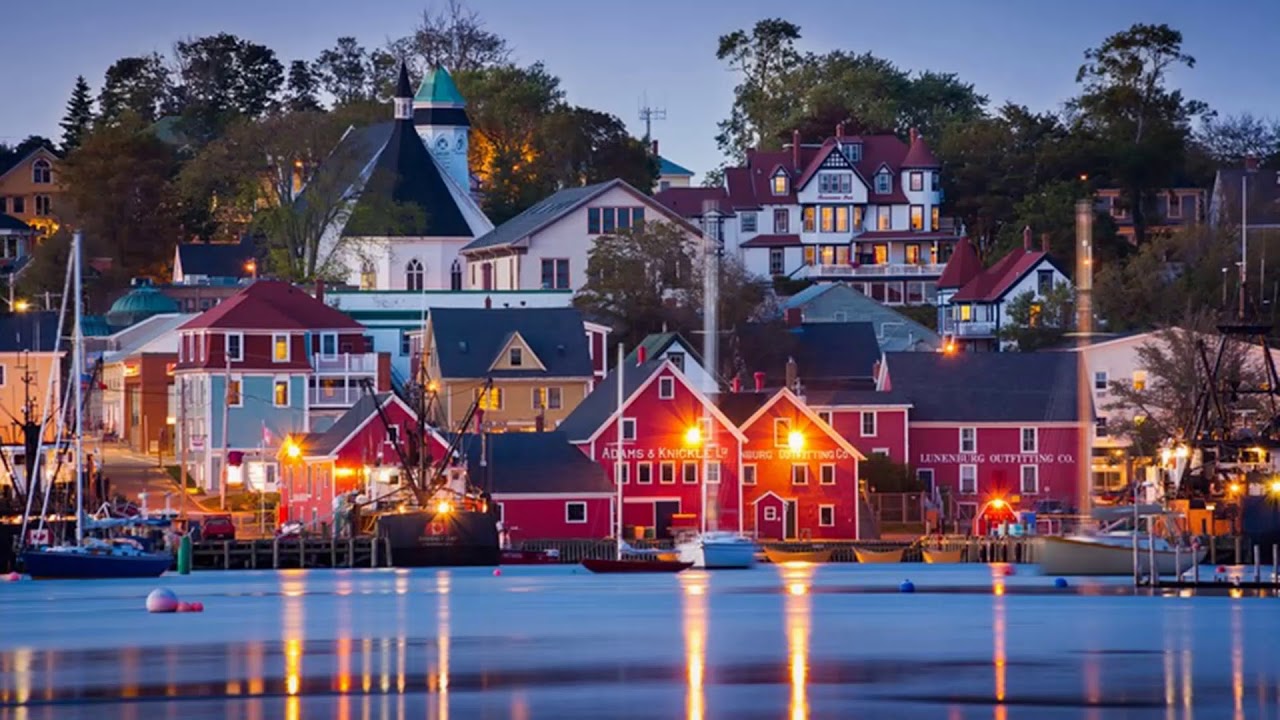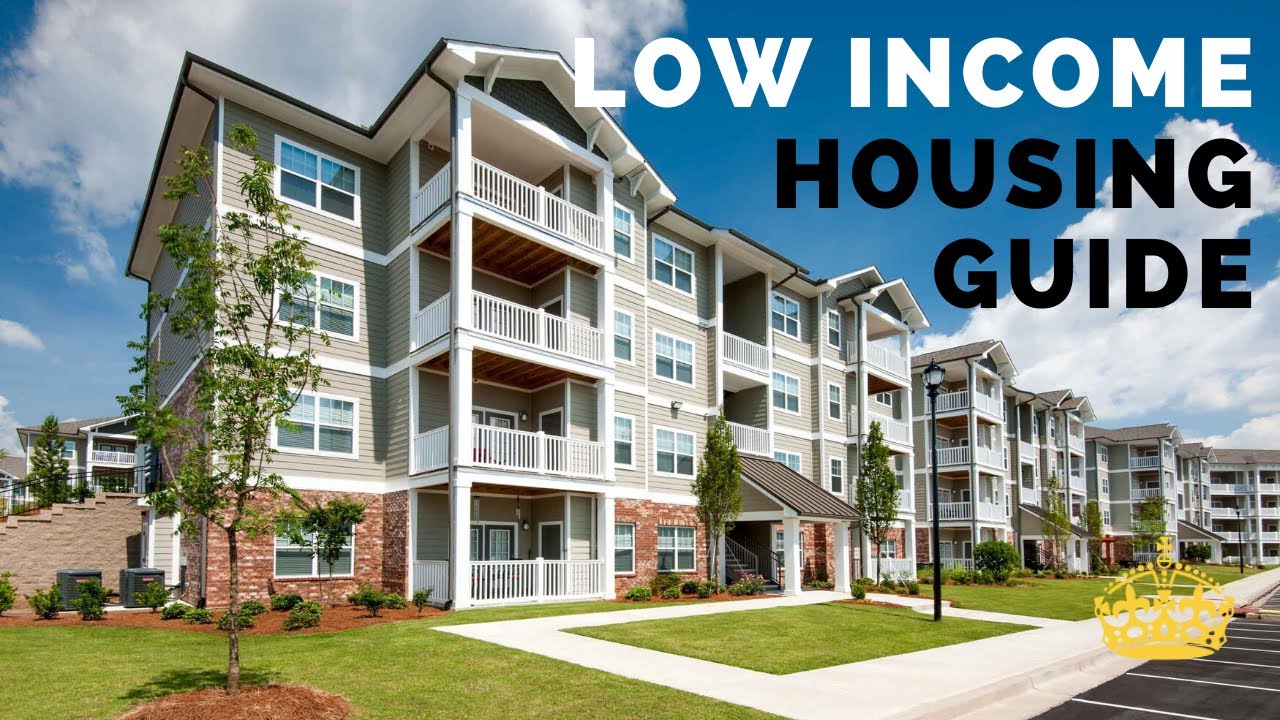Canada’s reputation as a land of opportunity isn’t limited to its bustling metropolises. As of March 19, 2025, the country’s small towns are stealing the spotlight, offering a blend of affordability, natural beauty, and community spirit that big cities like Toronto, Vancouver, and Montreal struggle to match. With urban housing prices soaring—Toronto’s average home exceeding $1.2 million and Vancouver’s topping $1.5 million—many are rethinking their options. Small towns provide a chance to own a home, enjoy a slower pace, and still access modern conveniences, all while surrounded by some of the world’s most stunning landscapes.
Consider the appeal: waking up to the sound of birds in a forest-edged town, enjoying a morning walk along a quiet lakefront, or sipping tea in a historic village where locals greet you by name. These aren’t just idyllic fantasies—they’re everyday realities in Canada’s small towns. Whether you’re a young professional escaping city rent, a family seeking space to grow, or a retiree craving tranquility, these towns cater to diverse needs. In this expanded 2000-word guide, we’ll dive into why small towns are trending, spotlight 10 of the best places to live, and unpack the benefits, challenges, and steps to make your move. Let’s explore why small-town Canada might be your next big adventure.
Why Small Towns Are the Future of Living in Canada
The shift toward small towns is no fluke—it’s a response to evolving realities. Urban housing costs have skyrocketed, with a 2024 Royal LePage report noting a 20% year-over-year increase in city prices, while small towns remain relatively stable. Beyond affordability, the rise of remote work—accelerated by the pandemic—has untethered people from city offices, allowing them to settle where living costs less and life feels richer. Add Canada’s growing population (over 40 million in 2025) and a cultural push for sustainability, and small towns emerge as practical, forward-thinking choices.
What sets them apart? They offer lower property taxes, less congestion, and a tangible sense of belonging—qualities increasingly rare in urban centers. For instance, while Toronto commuters lose hours in gridlock, small-town residents enjoy short drives or walks to work, if they commute at all. Plus, with internet infrastructure improving nationwide, even remote areas now support high-speed connectivity, making them viable for digital nomads. Small towns aren’t just a nostalgic retreat; they’re a modern solution to today’s housing and lifestyle challenges.
Top 10 Small Towns in Canada to Live
Here’s an in-depth look at 10 standout small towns, each with unique draws, based on affordability, lifestyle, and opportunity as of 2025:
1. Canmore, Alberta (Pop. ~15,000)
- Why Live Here: Tucked in the Bow Valley, Canmore is a mountain paradise minutes from Banff National Park. Its rugged peaks and alpine charm attract outdoor enthusiasts year-round.
- Housing: Median home price hovers at $900,000—steep for a small town but a bargain compared to Calgary’s $1.2 million average, just an hour away.
- Lifestyle: Winter brings skiing at nearby resorts like Nakiska, while summer offers hiking, rock climbing, and biking along trails like the Three Sisters. The town’s vibrant arts scene—think galleries and the Canmore Mountain Arts Festival—adds cultural depth, complemented by cozy cafes and craft breweries.
- Jobs: Tourism drives the economy, with hotels, guiding services, and retail thriving. Remote workers also flock here, drawn by the scenery and proximity to Calgary’s job market.
- Best For: Active professionals and families who crave nature without total isolation.
2. Nelson, British Columbia (Pop. ~11,000)
- Why Live Here: Perched on Kootenay Lake, Nelson’s Victorian architecture and counterculture vibe earn it the nickname “Queen City.” It’s a haven for free spirits and nature lovers.
- Housing: Homes average $550,000—remarkable value for BC, where urban prices often exceed $1 million.
- Lifestyle: Baker Street buzzes with indie shops, organic eateries, and live music, while the lake invites kayaking and fishing. Winter skiing at Whitewater Resort is a local favorite. Nelson’s artsy reputation shines through its film festival and artisan markets.
- Jobs: Tourism, small-scale manufacturing (e.g., breweries), and a growing remote workforce keep it humming.
- Best For: Creatives, retirees, and anyone seeking a quirky, scenic retreat.
3. Niagara-on-the-Lake, Ontario (Pop. ~18,000)
- Why Live Here: This historic town near Lake Ontario oozes old-world charm, with tree-lined streets and proximity to Niagara Falls.
- Housing: Median price is $700,000—affordable for Southern Ontario, where Toronto homes dwarf that figure.
- Lifestyle: Over 40 wineries dot the area, offering tastings and vineyard tours. The Shaw Festival brings world-class theater, while cycling and boating keep residents active. It’s just 90 minutes from Toronto, blending small-town peace with urban access.
- Jobs: Tourism, viticulture, and hospitality dominate; retirees often supplement with part-time gigs.
- Best For: Wine enthusiasts and retirees wanting culture and convenience.
4. Summerside, Prince Edward Island (Pop. ~15,000)
- Why Live Here: PEI’s coastal gem, Summerside combines affordability with maritime allure, perfect for budget-conscious movers.
- Housing: Homes average $300,000—one of Canada’s lowest, with ocean views often included.
- Lifestyle: Stroll the waterfront boardwalk, savor lobster rolls, or catch a show at the Harbourfront Theatre. Summers are mild, and winters bring a cozy, snowy charm.
- Jobs: Fishing, tourism, and a budding tech sector thrive, bolstered by low taxes and business incentives.
- Best For: Families and retirees seeking Atlantic affordability and charm.
5. Lunenburg, Nova Scotia (Pop. ~2,200)
- Why Live Here: A UNESCO World Heritage site, Lunenburg’s brightly painted homes and fishing heritage captivate history buffs and sea lovers.
- Housing: Median price is $350,000—exceptional for Nova Scotia’s picturesque coast.
- Lifestyle: Watch schooners dock, explore the Fisheries Museum, or sail the Atlantic. An hour from Halifax, it balances seclusion with access.
- Jobs: Fishing, tourism, and crafts; remote work fits its quiet pace.
- Best For: Those craving a quaint, maritime community.
6. Dawson City, Yukon (Pop. ~1,400)
- Why Live Here: This gold rush relic offers a raw, northern experience under the midnight sun or aurora borealis.
- Housing: Homes average $400,000—unique for the Yukon’s remoteness.
- Lifestyle: Pan for gold, hike the Midnight Dome, or visit historic saloons. It’s rugged, with long winters and endless summer days.
- Jobs: Tourism, government roles, and seasonal work; remote jobs suit its isolation.
- Best For: Adventurers and solitude seekers.
7. Stratford, Ontario (Pop. ~33,000)
- Why Live Here: Known for its Shakespearean festival, Stratford offers arts and affordability two hours from Toronto.
- Housing: Median price is $600,000—a steal near the GTA.
- Lifestyle: The Stratford Festival draws theater fans, while the Avon River invites kayaking. Boutiques and farm markets add flavor.
- Jobs: Arts, tourism, and manufacturing; remote work grows.
- Best For: Culture lovers and families balancing cost and access.
8. Magog, Quebec (Pop. ~27,000)
- Why Live Here: On Lake Memphremagog, Magog blends French-English culture in Quebec’s Eastern Townships.
- Housing: Homes average $450,000—great value near Montreal (1 hour).
- Lifestyle: Ski Mont-Orford, swim in the lake, or enjoy bilingual festivals. It’s a four-season playground.
- Jobs: Tourism, agriculture, and services; bilingual skills help.
- Best For: Bilingual families and outdoor enthusiasts.
9. Winkler, Manitoba (Pop. ~14,000)
- Why Live Here: A Prairie standout with economic vitality and community warmth.
- Housing: Median price is $320,000—among Canada’s most affordable.
- Lifestyle: Harvest festivals, nearby lakes, and a strong Mennonite heritage create a welcoming feel.
- Jobs: Manufacturing (e.g., trailers), agriculture, and healthcare; low unemployment shines.
- Best For: Budget-savvy families and young professionals.
10. Parry Sound, Ontario (Pop. ~6,500)
- Why Live Here: On Georgian Bay, Parry Sound offers water and wilderness 2.5 hours from Toronto.
- Housing: Median price is $450,000—a deal for its location.
- Lifestyle: Boating, fishing, and hiking in Killbear Provincial Park; a quiet downtown charms.
- Jobs: Tourism, retail, and remote work.
- Best For: Nature lovers and commuters.
What to Consider When Choosing a Small Town
Your ideal town depends on:
- Cost of Living: Summerside’s $300,000 homes vs. Canmore’s $900,000—match your budget.
- Proximity: Stratford’s Toronto access vs. Dawson City’s remoteness—consider travel needs.
- Climate: Mild PEI vs. snowy Yukon—pick your weather.
- Jobs: Winkler’s factories vs. Nelson’s remote-friendly vibe—align with work goals.
- Amenities: Magog’s schools vs. Lunenburg’s simplicity—factor in family or health needs.
Benefits of Small Town Living in Canada
- Affordability: Save hundreds of thousands on homes—Winkler’s $320,000 vs. Vancouver’s $1.5M.
- Safety: Crime rates drop—Parry Sound’s peace beats urban risks.
- Nature: Canmore’s mountains or Summerside’s coast—outdoors are your backyard.
- Community: Lunenburg’s neighborly vibe fosters belonging.
Challenges and How to Overcome Them
- Limited Jobs: Target remote roles or local sectors (e.g., tourism in Stratford).
- Isolation: Ensure internet (Nelson’s got it) and visit first.
- Amenities: Winkler’s robust services offset smaller towns’ gaps—research access.
How to Move to a Small Town in Canada
- Research: Check Realtor.ca and Job Bank (jobbank.gc.ca).
- Visit: Test Canmore’s trails or Magog’s lake.
- Plan: Budget for moving—$2,000–$5,000 typically.
- Settle: Join local groups—Winkler’s welcoming committees help.
Conclusion
Canada’s small towns offer a unique blend of natural beauty, affordability, and community spirit. Whether you’re drawn to the mountains of British Columbia, the historic charm of Ontario, or the coastal beauty of Atlantic Canada, there’s a small town that’s perfect for you. By considering your priorities and exploring these charming communities, you can find the ideal place to call home.
For more information on living in Canada, immigration tips, and job opportunities, visit VisaXtra. Our comprehensive resources and expert advice can help you navigate the complexities of moving to and living in Canada.










